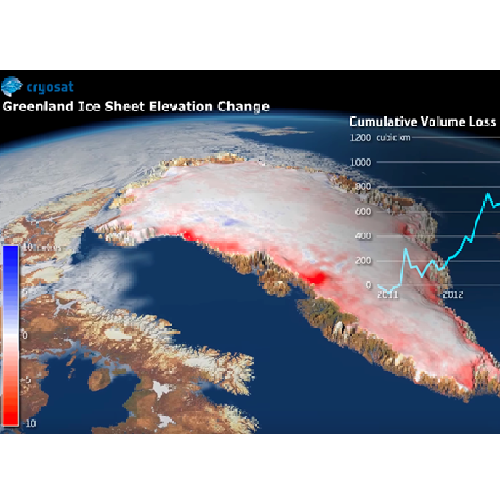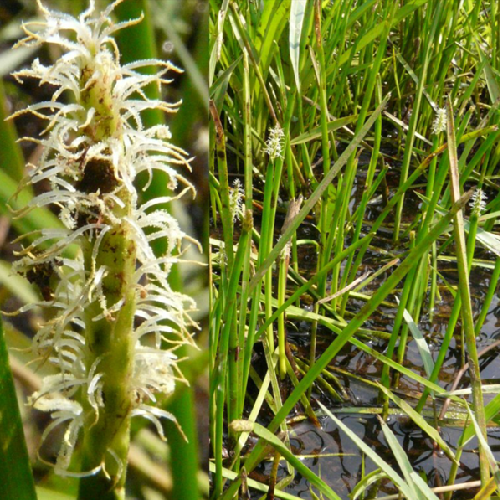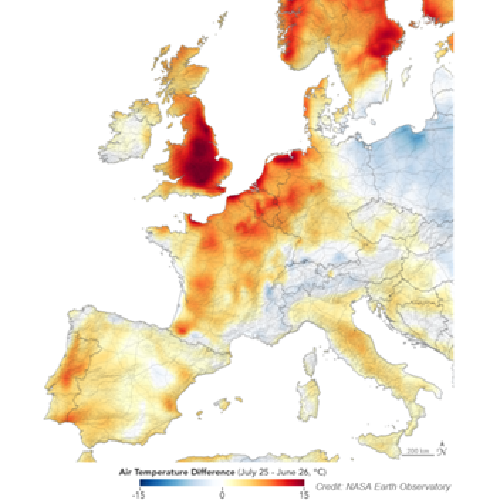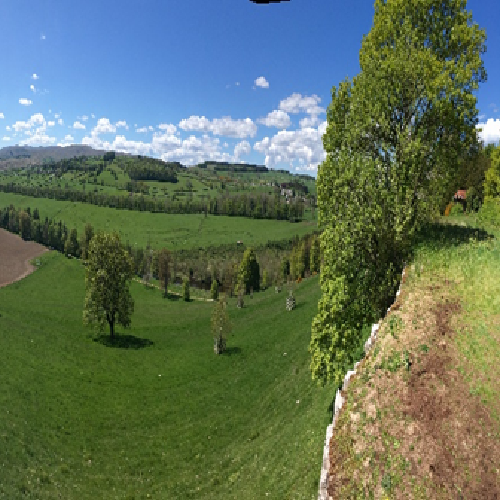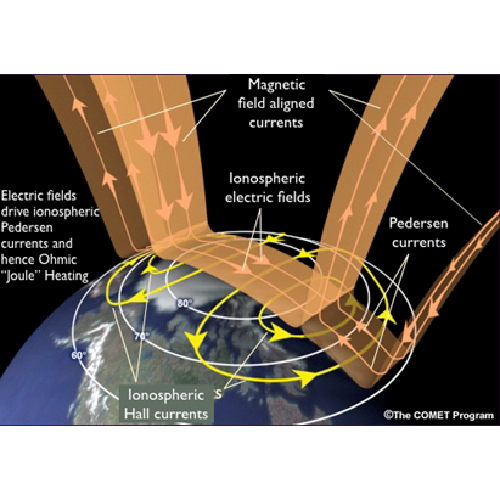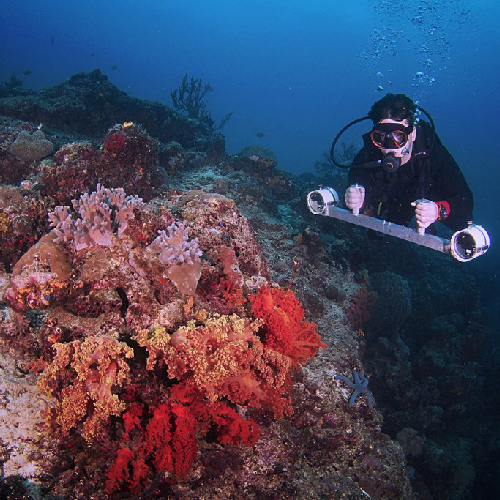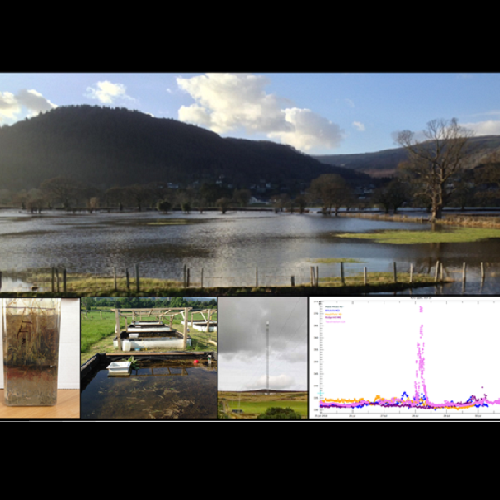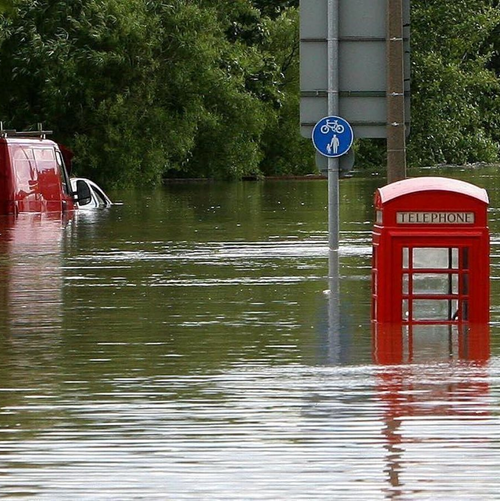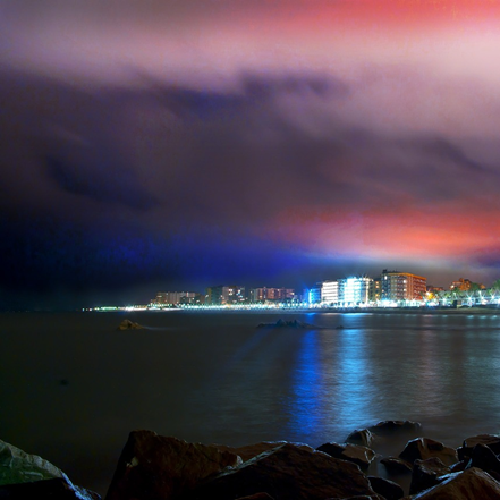This project offers the exciting opportunity to develop fundamental new insight into the certainty of satellite estimates of climate change, with a focus on Earth’s polar ice sheets. The melting of ice from Greenland and Antarctica contributes more than one third of global sea level rise. Satellites provide a unique tool for systematically monitoring the […]
Read More
Plants have evolved different versions of photosynthesis to maintain efficiency under diverse environmental conditions. While the vast majority of plants use C3 photosynthesis, some plants evolved a turbo-charged form of photosynthesis called C4, which is used by our most productive food and bioenergy crops. The C4 system evolved from the ancestral C3 type via a […]
Read More
Global agriculture is rapidly expanding in response to the growing demand for food, with ‘agricultural frontiers’, such as dry and fertile lands of the Gran Chaco in South America contributing to this need. The croplands produce large quantities of food cheaply as infrastructure develops and investments grow. However, conflicts between economic development and environmental degradation […]
Read More
Poor air quality is a major global health concern affecting all industrialised nations and virtually all of society. Worldwide, ~3 million deaths are attributable to air pollution annually (World Health Organization), with ~40,000 premature deaths in the UK alone (Royal College of Physicians). Air pollution-related disease places a significant financial burden on the NHS and […]
Read More
Would you like to earn a PhD doing research at the cutting edge of biodiversity, ecosystem services, environmental genomics and land-use change? We are looking for an enthusiastic, numerate student with a passion for ecology. The UK has committed to ambitious targets for landscape management in coming decades, and evidence is needed to support ecological […]
Read More
The Earth experiences ‘space weather’ that impacts the planetary environment in a variety of ways. These impacts are a recognised environmental hazard, as detailed in the UK National Risk Register. A major impact arises due to the deposition of energy in the atmosphere by Joule heating whereby charged particles, under electromagnetic forcing from the solar […]
Read More
Coral reef species are undergoing widespread mortality under increasingly frequent mass coral bleaching events, which will continue until global efforts reduce CO2 emissions. In the meantime, it is critical to enhance reef resilience and recovery processes. Overharvesting of herbivorous fishes threatens these processes and can encourage shifts towards algal-dominated reefs. Overfishing also alters the abundance […]
Read More
Accurate estimates of agricultural greenhouse gas emissions underpin national land use policy and subsequent targets, e.g. the recent UK target for net zero carbon emissions by 2050. However, modelling of terrestrial sources of nitrous oxide (N2O) using atmospheric concentrations reveals that the bottom up greenhouse gas inventory for UK N2O emissions is either missing a […]
Read More
Estuaries connect terrestrial and marine environments, providing one of the most productive ecosystems on Earth. Complex land-sea interactions combined with intensive land-use and land-value mean that they are at heightened risk from flooding and poor health. Worse, they are especially vulnerable to the effects of climate change, since sea-level rise of up to 1 m […]
Read More
The ecological impact of artificial light at night has been a rapidly growing field of global change science in recent years. While understanding of direct lighting impacts (for example street lights) has improved dramatically, the effect of artificial skyglow (light that is scattered in the atmosphere and reflected back to the ground) on species behaviours […]
Read More

